Description
Embodied AI for Robotics — Master the integration of perception, control, and learning to build intelligent agents that act and adapt in the physical world. Moreover, this course balances theory and practice, so you gain immediately applicable skills. Additionally, instructors include real-world case studies and simulation-to-reality workflows to accelerate your projects.
Course At-a-Glance
Duration: Self-paced (recommended 30+ hours). Format: Video lessons, downloadable notebooks, code samples, and project exercises. Furthermore, you receive evaluation rubrics and a final capstone project to demonstrate mastery.
What You’ll Learn
- Foundations of embodied intelligence and robotic architectures.
- Sensor processing and sensor fusion for perception and state estimation.
- Deep reinforcement learning for continuous control and policy learning.
- Sim-to-real transfer techniques, domain randomization, and reality gap closing.
- Planning, motion control, and hierarchical decision-making.
- Integrating vision, proprioception, and tactile signals for robust behavior.
- Evaluation metrics, safety considerations, and deployment best practices.
Requirements
- Basic Python programming skills (loops, functions, classes).
- Familiarity with machine learning concepts (supervised learning, neural nets).
- Optional but recommended: exposure to ROS, PyTorch or TensorFlow, and basic control theory.
- A laptop with Python 3.8+; GPU recommended for faster training but not required.
Course Description
This course teaches you how to design and build robotic agents that operate reliably in the physical world. First, we cover perception pipelines and then move to learning-based control methods. Furthermore, we explain how to combine classical robotics techniques with modern deep learning to produce robust, interpretable systems. Consequently, you’ll learn to prototype in simulators and then transfer policies to real hardware.
Each module contains practical labs. For example, you will implement a sensor-fusion pipeline, train a reinforcement learning policy for obstacle avoidance, and evaluate sim-to-real transfer using domain randomization. Additionally, the capstone requires you to deliver a short video demonstration and a reproducible code repository, so you graduate with a portfolio-ready project.
Learning Outcomes
- Design end-to-end perception-to-action pipelines and implement them in code.
- Train and tune RL agents for continuous control tasks with sample-efficient methods.
- Apply sim-to-real strategies and measure transfer performance effectively.
- Analyze failure cases and iterate using principled debugging and evaluation.
About the Publication
Authored by practitioners and researchers in robotics and AI, this course collects lessons from academic research and industrial deployment. Moreover, the authors have built embodied systems in both lab and field conditions. Therefore, the material emphasizes reproducibility, ethical deployment, and safety.
Instructor Bio: The lead instructor is a robotics engineer and researcher with experience in perception, control, and reinforcement learning. Additionally, they have contributed to open-source robotics tools and published peer-reviewed work on sim-to-real transfer.
Explore These Valuable Resources
To deepen your reading, explore foundational and contemporary resources:
Explore Related Courses
Browse tag collections on our site to find complementary courses and materials:
Who Should Enroll
Robotics engineers, ML researchers, graduate students, and developers who want to build embodied agents will benefit most from this course. Furthermore, hobbyists with prior Python experience can follow along and produce working demos.
Enroll today to gain hands-on experience and a portfolio-ready capstone that showcases your ability to create intelligent systems for the physical world.

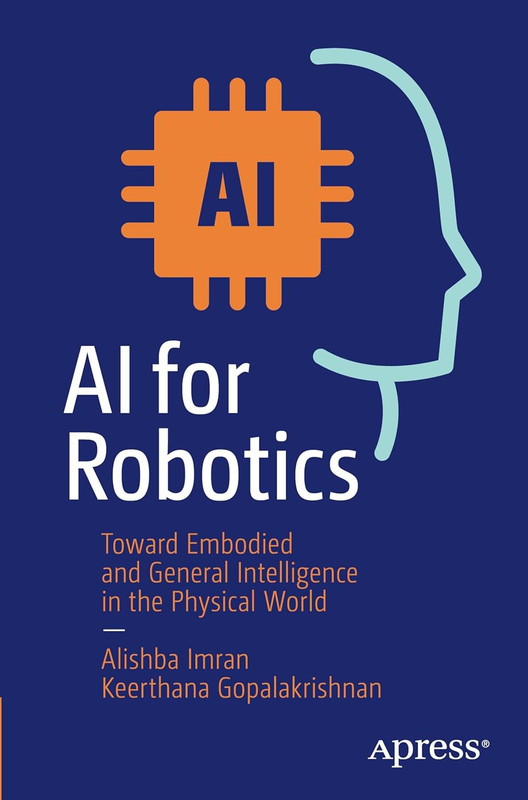
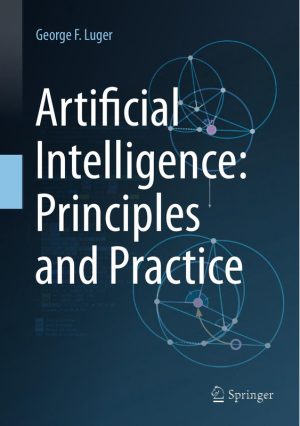
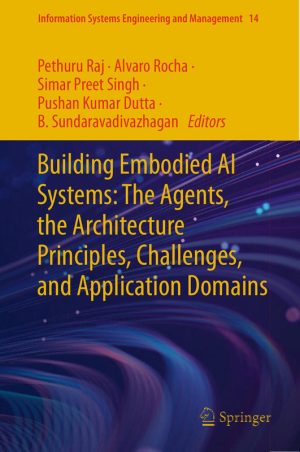

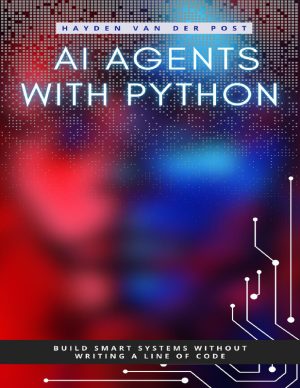
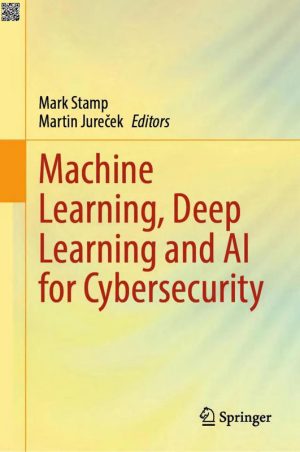

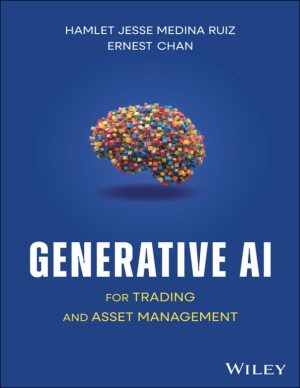
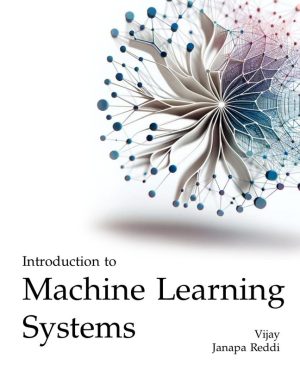
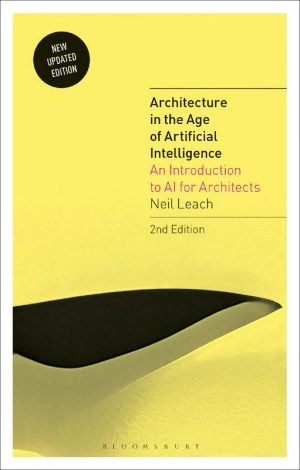

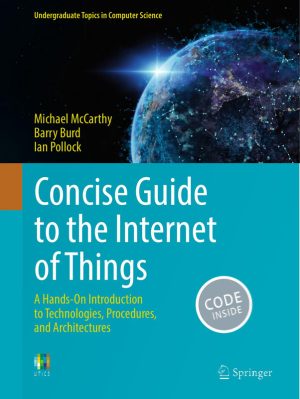

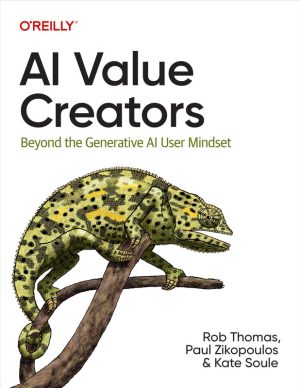
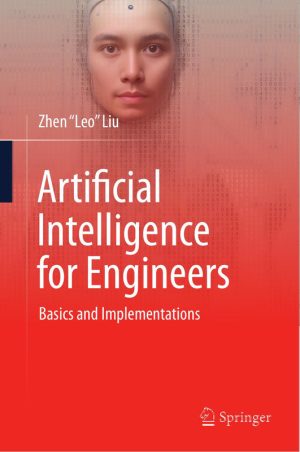


Reviews
There are no reviews yet.